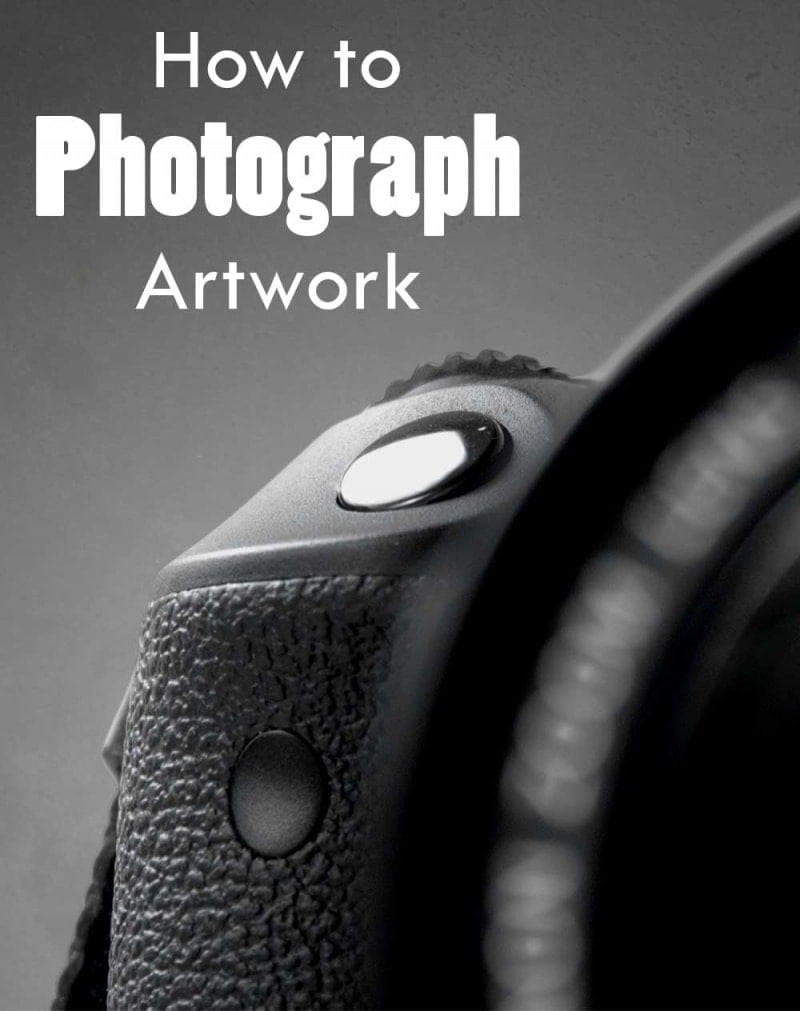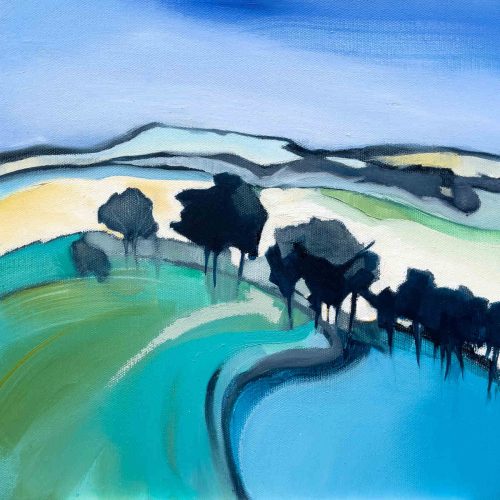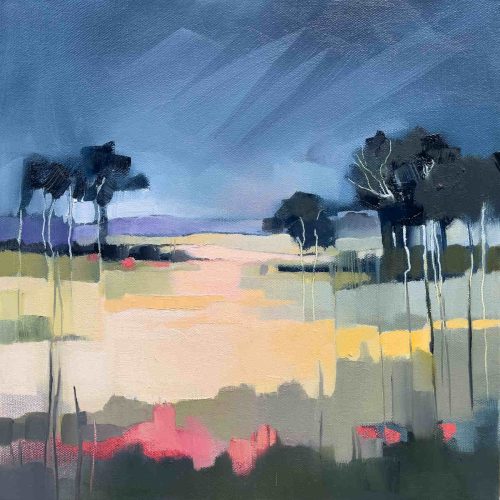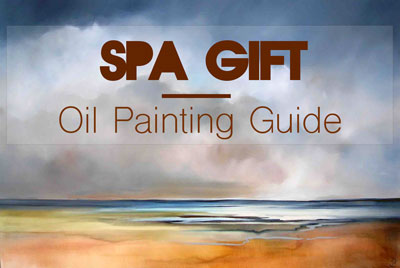[vc_row][vc_column][vc_column_text]
Once you have finished creating your artwork, the next logical step is to find a way to sell your masterpiece. Usually this involves publishing your masterpiece online, which leads to “how to photograph artwork?”.
The ideal way to do this is to create a digital copy of it so you can use to promote online and store it on your computer to possibly even turn into prints.
Once online, you will be able to share your artwork with artists and customers from all around the globe and get yourself some potential clients as well as a large fan following.
However, paint supplies cost a lot, so many artists are on a tight budget and cannot afford fancy professional shoots for their artwork.
If you are looking for guide on what you need to get started with oil painting, check out this page or watch this video.
Fret no more, times have changed and now you can create your own portfolio at home without the help of an expert. Here’s how you can photograph your artwork at home.
There’s more to taking a photograph than just pointing the camera and clicking a few buttons. There are various things you need to keep in mind if you want to take a magnificent professional photo of your artwork.
First things first, you need:
- A Digital SLR Camera with a great image resolution so you get high quality pictures and add detail and depth to your photos that will highlight your artwork. I simply purchased this one from Amazon but feel free to drop into an electronics store to ask for some advice. The first look at the price tag could be a surprise but this is the tool that will make or break your images online!
- A Tripod Stand so you can take still images. If you do not have a tripod stand, do not worry. You can use a box to give your camera support.
- The Perfect Setting. It’s best you have your photo shot outdoors instead of indoors as outdoor natural lighting is better not to mention a lot easier.
Now if you are not proficient at using a camera, don’t be afraid to seek help from a friend. If you still can’t find somebody to help you out, the auto-focus feature should be just fine and will ensure that you get quality still and focused pictures.
Even then if you cannot manage, you can do a good old Google! Now you have the tools lets tackle the question of how to photograph artwork like a pro!
Camera Setup
To get ideal results, you need to adjust your camera settings.
- Manually set up your camera so you can achieve crispier lines in your photos.
- Adjust the aperture of your camera. An aperture is the space through which light passes in your camera lens. The higher the aperture, the more light will pass through in the optical hole. This will reduce the depth in the image. Conversely, the less light passes, the greater depth your photo will have.
- Make sure you set your ISO or the image sensor sensitivity to the lowest possible setting. In order to achieve sharper images, adjust your ISO setting to 100.
Additional Tip: While using a camera stand or a tripod stand, it is best to set a two-second timer delay after pressing the button.
This allows you enough time to remove your hands from the camera and results in steadier and more stable shots.
Lighting
Lighting is everything when it comes to good photography.
The essential job of a photographer is to capture light into a still image. While photographing your artwork, you can either use natural sunlight or professional lighting.
While natural light provides a perfect setting, if you are a novice photographer you will have trouble dealing with the glare on your artwork because of the reflected light.
However, there are ways in which you can take control of natural light.
First, you need to find the perfect background, preferably a dark background so it will neutralize the glare. For darker artworks, you can opt for light colored backgrounds that will neutralize the effect.
To further reduce the glare and dim the intensity of the sunlight, you can adjust the white balance or linear polarizing filter inside your camera for optimal results.
If it’s raining or cloudy outside, you will need professional lighting to get optimal results.
However, professional lighting may be costly as you will ideally need to use high voltage light sources. You need to make sure the two light sources are opposite to each other, rather than just focusing on the same spot.
Professional lighting is ideal if you want to reveal different kinds of textures in your artwork that cannot be highlighted with the use of natural light as you do not have any control over its intensity.
Again, you may need to call in the services of a professional if you are unsure
Additional tip: As you are using an external light source, make sure you do not have the flash switched on as it will only create extra light and distort the image.
Positioning
Positioning your artwork before taking a picture is important so you can highlight its features and add depth to your images.
As mentioned above, the positioning of your artificial light sources is also important and you need to make sure the two light sources are opposite each other and preferably at a 45o angle and about four meters away from your art piece.
You need to make sure the subject does not appear tilted and the edges are parallel with the viewfinder or the perspective control.
Thus, it is a good idea you zoom to at least 50mm so the subject does not appear distorted in the image, especially around the edges.
It is also a good idea to leave a little space while photographing your artwork so it will leave room for you to edit your piece to appear more attractive.
You can always edit the extra space using graphic editing software later on.
Things You Should Keep in Mind
- Make sure you take as many pictures as possible of the artwork in different camera settings and backgrounds. It may be a lot of work but it will allow you to choose from many different kinds of images.
- While editing your images is important, make sure you do not go overboard. Cropping and adjusting the lighting is mandatory, so avoid making drastic changes to your images. Better yet, use the editing options in your camera rather than using the ones on editing software.
Your Turn!
What are your tips, tricks and advice on how to photograph artwork?
[/vc_column_text][/vc_column][/vc_row][vc_row][vc_column][vc_empty_space height=”30px”][vc_column_text]
[/vc_column_text][vc_empty_space height=”30px”][/vc_column][/vc_row]






Some good information, thank you. I was hoping to read what the ideal F-stop is. Paintings are flat, so do we choose a shallow depth of field, or does a deeper depth of field have a greater impact. thank you for the ISO setting. LOVE your Art!!!